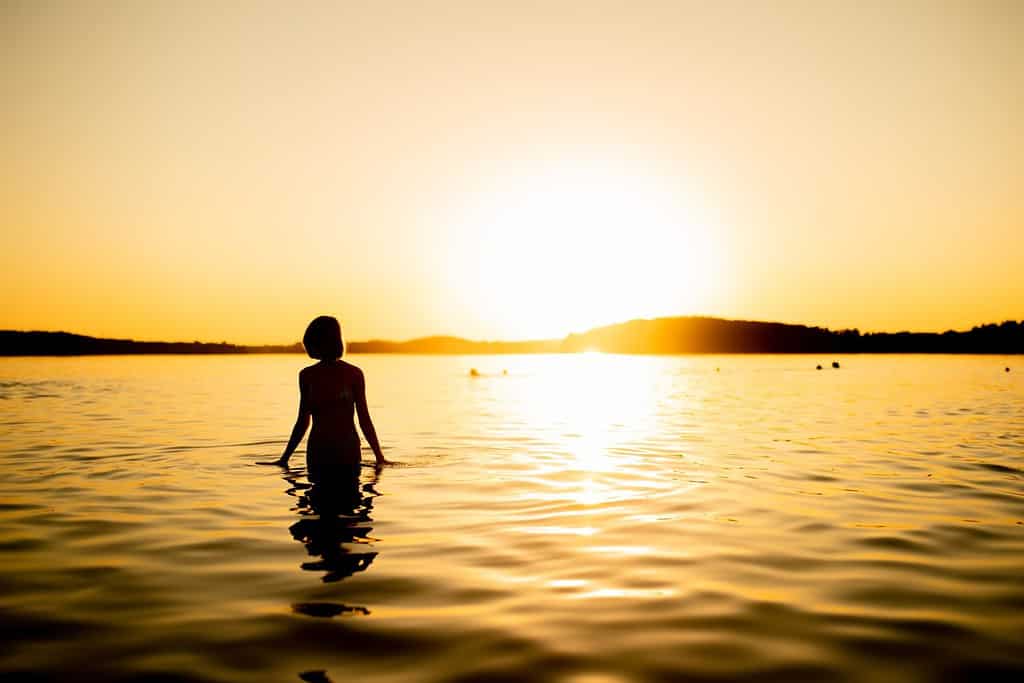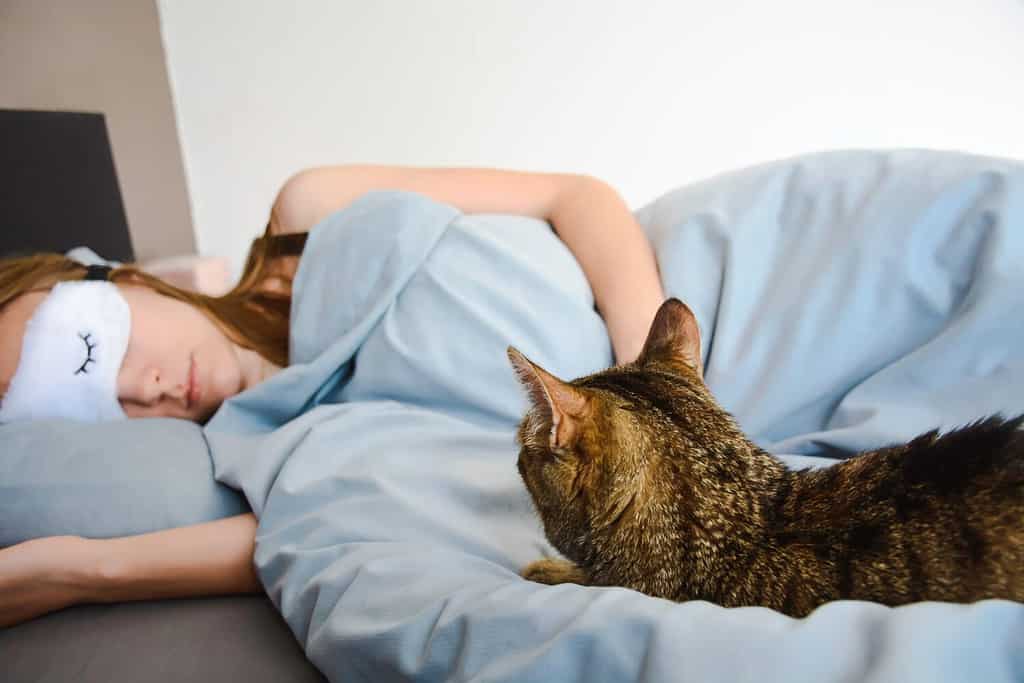It’s an automatic process for most but there are some clocks that still require a manual adjustment. You enjoy the longer days in summer, forfeiting an hour of sleep for them. But what’s the difference between Daylight Saving Time vs. Standard Time? And when and how do you set your clocks? Let’s find out!
What Is Daylight Saving Time?
Daylight Saving Time is when you adjust the time on your clock either manually if it’s something like your kitchen oven or wall clock. However, this change happens automatically on your smart devices like your Android or iPhone. When the months are warmer, Daylight Saving Time extends how much daylight you get by an hour each evening. Conversely, an hour of daylight is lost in the earlier part of the day.
You especially feel this if you’re typically up at the crack of dawn. Daylight Saving Time usually occurs around spring when you adjust your clock by one hour. This event is called “springing forward.” Then again around the fall season, you adjust your clocks again, except this time they “fall back.” Not all countries observe Daylight Saving Time. Ultimately, it depends on the region’s specific practices.

Longer daylight during summer evenings is the result of Daylight Saving Time.
©MNStudio/Shutterstock.com
What Is Standard Time?
Standard Time refers to the unaltered time used within a geographic area. It’s kind of like the baseline that Daylight Saving Time first adjusts and then returns to. In regions where Daylight Saving Time is observed, Standard Time exists primarily in the winter months whereas Daylight Saving Time exists in the warmer, summer months. There’s no set Standard Time that applies to all regions in the world. Ultimately, Standard Time refers to the unaltered baseline time set in any geographic zone.
Origins of Daylight Savings Time
There have been several different historical developments that have contributed to the use of Daylight Saving Time in the modern day. The idea has always been to get the most out of daylight in the evenings and so there have been various experiments throughout history.
For example, in New Zealand, an entomologist by the name of George Vernon Hudson presented an idea to observe a two-hour time shift. He presented his idea in a paper to the Wellington Philosophical Society in 1895. He wanted to make sure that people could enjoy the summer months after work with enough daylight. He had a personal reason for the request as well. He enjoyed collecting bugs.
Another example occurred during World War I in Germany. It was 1916 and as a way to conserve fuel, Daylight Saving Time was introduced. This way, they did not have to use as much artificial light and could make use of the natural light in the later part of the day. Additional countries that were a part of the war adopted this practice as well.
Daylight Savings Time: Pros and Cons
While it makes sense that many want to extend their well-lit evenings for after-work hobbies and pleasures, there are some drawbacks to Daylight Saving Time. One of the most common criticisms is that adjusting the time disrupts the natural sleep pattern of humans.

Daylight Saving Time disrupts the natural sleeping pattern of humans.
©Ellyy/Shutterstock.com
This affects people in a variety of ways, sometimes causing fatigue, which can lead to a variety of accidents both at home, on the road, and in the workplace. There have also been studies that link Daylight Savings Time to health problems like strokes and heart attacks. Although touted as a way to save energy, the effects are minimal.
On the other hand, the pros include extended daylight in the evenings, which allows people to enjoy various outdoor activities. With the option to enjoy the outdoors more frequently and for longer periods, there’s also a positive economic impact as people gather outdoors and spend more money outdoors as well. Another positive effect of Daylight Saving Time is that there is less crime and reduced accidents that would normally occur under the cover of nightfall.
When and How To Set Your Clocks
Ultimately, it depends on where you’re located when it comes to adjusting your clocks. However, once you figure out the start and the end date of Daylight Saving Time for your location, you can set your clock one hour ahead the night before the time “springs forward.” For example, if you go to bed at 10 p.m., you can set your clocks to 11 p.m. before drifting off. You’re moving the clock one hour forward, which also means you’re losing an hour of sleep. Then again, when Daylight Saving Time ends in autumn, you “fall back.” On this night, at 10 p.m., you can set your clocks back to 9 p.m. giving you one more hour of sleep!
Thank you for reading! Have some feedback for us? Contact the AZ Animals editorial team.








